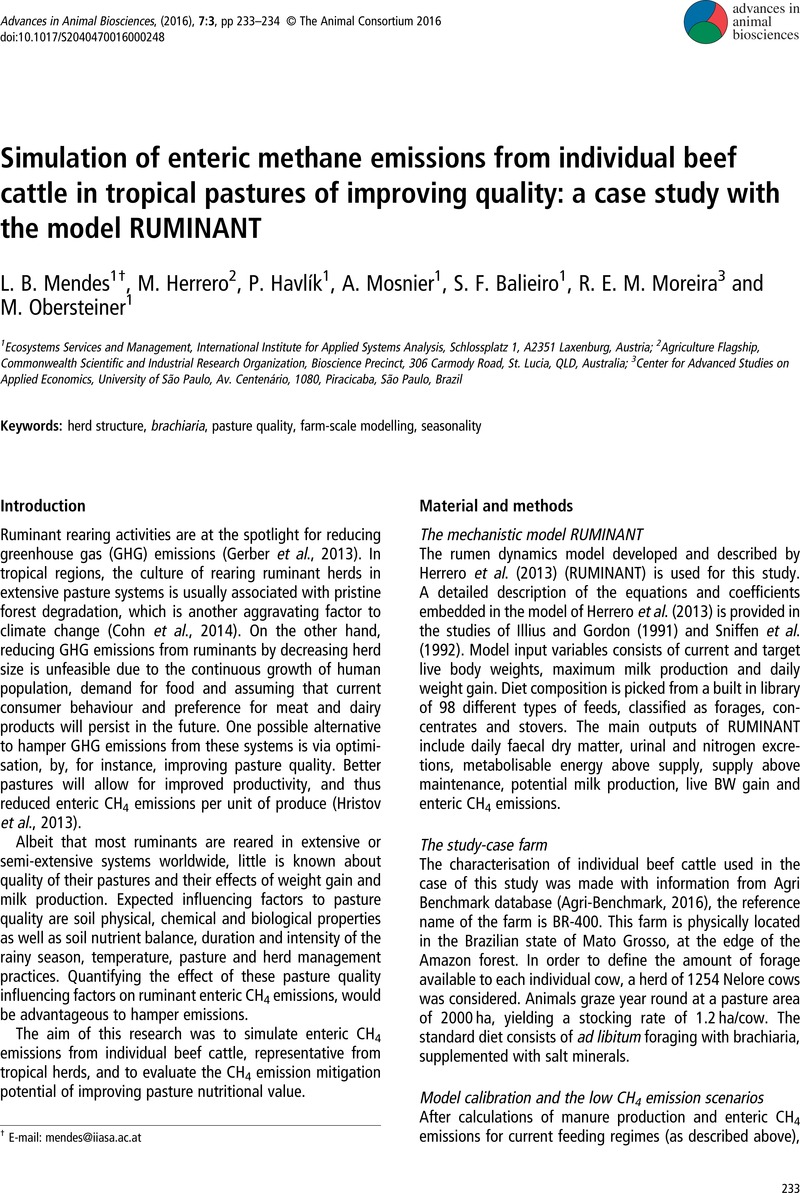Crossref Citations
This article has been cited by the following publications. This list is generated based on data provided by Crossref.
Ruden, Alejandro
Rivera, Bernardo
Vargas, Julio Ernesto
López, Secundino
Gaviria, Xiomara
Chirinda, Ngonidzashe
and
Arango, Jacobo
2023.
Evaluation of a Model (RUMINANT) for Prediction of DMI and CH4 from Tropical Beef Cattle.
Animals,
Vol. 13,
Issue. 4,
p.
721.



